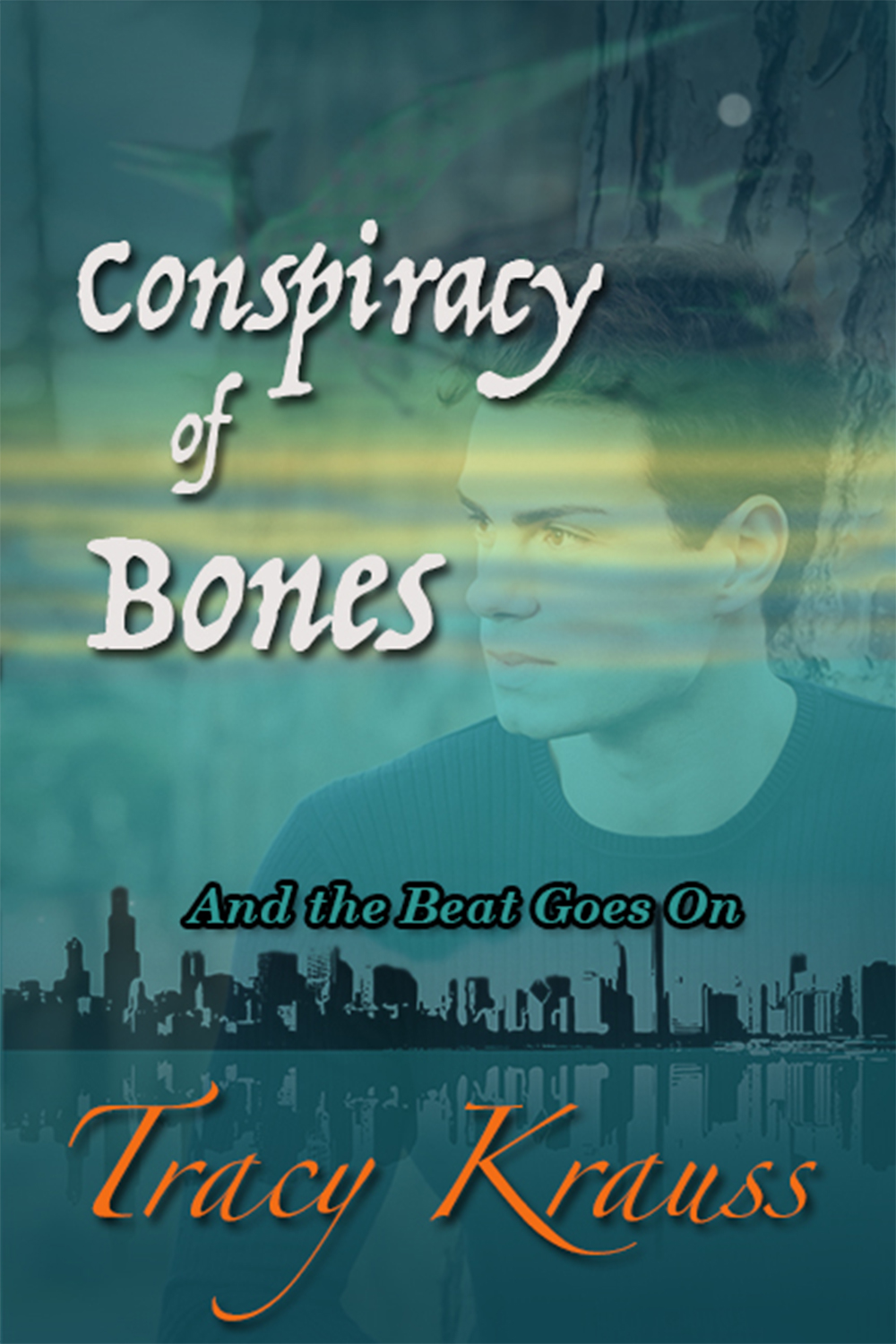
Get your free copy of this award winning book.
What an eye-opening and practical workshop! “Some of us want to streamline our lives while others are looking to downsize. Whatever the reasons, along with stuff, comes memories… These things hold stories, so let’s tell them.”
Often—and unfortunately—when people pass on, their relatives simply don’t know what to do with all that stuff, precious or not. Basically, the presenter encouraged attendees to start writing about the objects that have meaning for us instead of just waiting for someone to appreciate them after we’re gone. It’s a total re-examination of how we think about our possessions. My mind was blown! It’s such a simple idea, but quite profound. (Also time-consuming! I have my writing cut out for me in the coming years! I’ll never be without something to write about again!)

From Lea Storry’s workshop “Preserve Your Memories not Your Stuff’ at InScribe’s Fall Conference
The presenter, Lea Storry, used a simple process to get started. Basically, choose an object that has meaning. Naturally, there is the descriptive part—describing how the object looks, smells, feels, or other sensory information. But the trick is to dig deeper. Make a timeline for the object. When did you get it? From whom? What other characters are involved? She used the acronym TLC: Timeline, List, Characters. Tell its story! Why does it have meaning for you?
These stories become like memoirs, often more meaningful than the object itself. Future generations can read about your life through your prized possessions rather than be burdened with them. (Or if they do inherit them and want to keep them, think how much more meaning they will have.)
Stories don’t always need to be about happy times. Writing is cathartic and so we need to be honest about our feelings. Letting go of the object is also part of the process.
This was a very worthwhile workshop and I am inspired to start writing about some of my precious possessions. I have lots to choose from, that’s for sure.